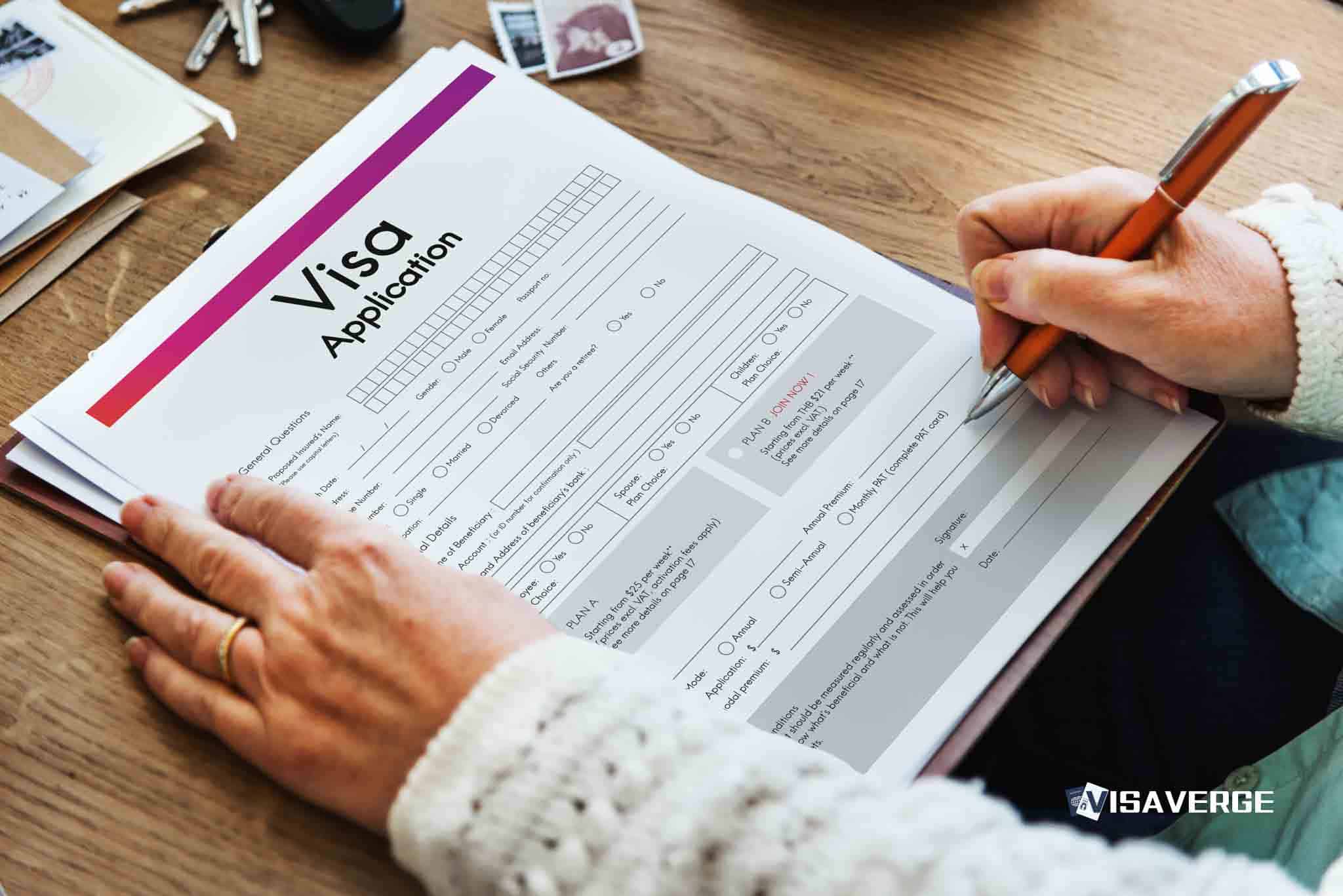U.S. Homeland Security Secretary Kristi Noem said this week that the government has moved to faster processing of green card and visa applications, describing a system that is both “sped up” and tighter on vetting. In a series of interviews, including with Fox News, Noem said the current administration’s approach is producing quicker decisions for families and workers while keeping national security at the forefront.
People waiting on a green card are the most affected, she said, because quicker decisions can shorten long, uncertain timelines that have defined many immigration cases.

Framing the change: speed plus tighter vetting
Noem framed the change as part of a wider effort to restore order after what she called abuses under the previous administration. She credited President Trump’s team with pressing agencies to move cases more quickly and to close loopholes that, in her view, invited misuse.
“We’ve sped up the process and made it more transparent,” she said, adding that agencies are also putting more checks in place so that approvals go only to those who meet the rules.
According to analysis by VisaVerge.com, her message is a dual focus: faster processing matched with tougher screening.
The three non‑negotiable criteria
Noem outlined three non‑negotiable criteria for would‑be immigrants seeking permanent residence:
- Applicants must not support terrorist groups.
- Applicants must be coming for legitimate work and legal residency.
- Applicants must not back organizations hostile to the United States.
She said these standards guide case decisions alongside existing legal requirements.
“We’re not just streamlining the process — we’re also making sure that those who get this privilege are here for the right reasons,” she said.
Evidence of progress and transparency claims
Noem pointed to a rise in people becoming U.S. citizens as proof that the green card pipeline is moving. She said more foreign‑born residents are naturalizing than ever before, arguing this reflects a system that moves people through permanent residence to citizenship at a stronger pace.
- She did not provide specific counts, but said internal metrics show a reduced backlog and faster decision times across major visa and green card categories.
- The Department of Homeland Security did not release a public data set alongside her remarks.
Noem also said the government has improved transparency so people have a clearer sense of what to expect at each step. Applicants should see cleaner notices and more consistent communication from agencies, she said, though she did not outline specific tools or portals.
“The system is streamlined and secure,” she said, emphasizing a goal of reducing pointless delays while maintaining strict checks on identity, criminal history, and ties to extremist groups.
Measures to curb visa abuse
Beyond green cards, Noem said the administration has taken steps to curb visa abuse that could affect workers who later apply for permanent residence. Key items she highlighted:
- A $100,000 surcharge on certain H‑1B petitions — described as a measure to discourage misuse and strengthen program integrity.
- “Project Firewall” — a new effort to detect and stop fraud earlier in the process.
She argued these steps help ensure that only those playing by the rules move on to a green card and, later, citizenship.
Reaction and ongoing concerns
Advocates for quicker decisions welcomed the focus on speed but stressed that rigorous background checks should remain. Noem addressed this directly, saying the vetting is getting stronger, not weaker.
VisaVerge.com reports that Noem’s message matches earlier statements from the administration about moving cases faster without lowering the bar for approval.
Noem emphasized the system is trying to attract skilled, law‑abiding immigrants who will add to the U.S. workforce and community life. Quicker decisions, she argued, help employers plan and help families settle. At the same time, tougher screens are meant to block those who would exploit the system through fraudulent job offers or false claims.
She repeated that there is no amnesty for those who do not meet the rules, underscoring the administration’s message that speed will not come at the cost of security.
Practical guidance for applicants
Applicants seeking general information on eligibility categories and steps can consult the official USCIS Green Card page:
- https://www.uscis.gov/green-card — outlines the path to permanent residence in the United States 🇺🇸
Noem said agencies are working through existing cases with the new direction in mind, and that people should expect a steadier rhythm of decisions. She noted there is no single uniform timeline because each case “turns on its facts,” but pressed that speed and integrity can go together.
Key takeaways and the road ahead
- The administration’s stated direction: fewer unnecessary delays, stronger checks, and closer scrutiny of who is applying and why.
- Measures like the $100,000 H‑1B surcharge and Project Firewall are intended to deter misuse and protect program integrity.
- The test will be whether applicants actually see shorter waits and whether faster processing translates into day‑to‑day case movement.
“We’re making sure the right people get through,” Noem said, positioning the update as proof that the government can move “faster and cleaner” without cutting corners.
For now, her message to applicants is plain: the government wants to move quicker, and it wants to be strict about who gets through.
This Article in a Nutshell
Homeland Security Secretary Kristi Noem says the administration has sped up green card and visa processing while tightening vetting and improving transparency. Officials claim internal metrics show reduced backlogs and more naturalizations, though no public dataset accompanied the announcement. Three non‑negotiable eligibility criteria focus on rejecting supporters of terrorist or hostile organizations and ensuring applicants seek legitimate work and residency. Measures to curb abuse include a $100,000 H‑1B surcharge and Project Firewall. Agencies pledge clearer notices and faster decisions; observers say results and consistent application will determine real impact.













